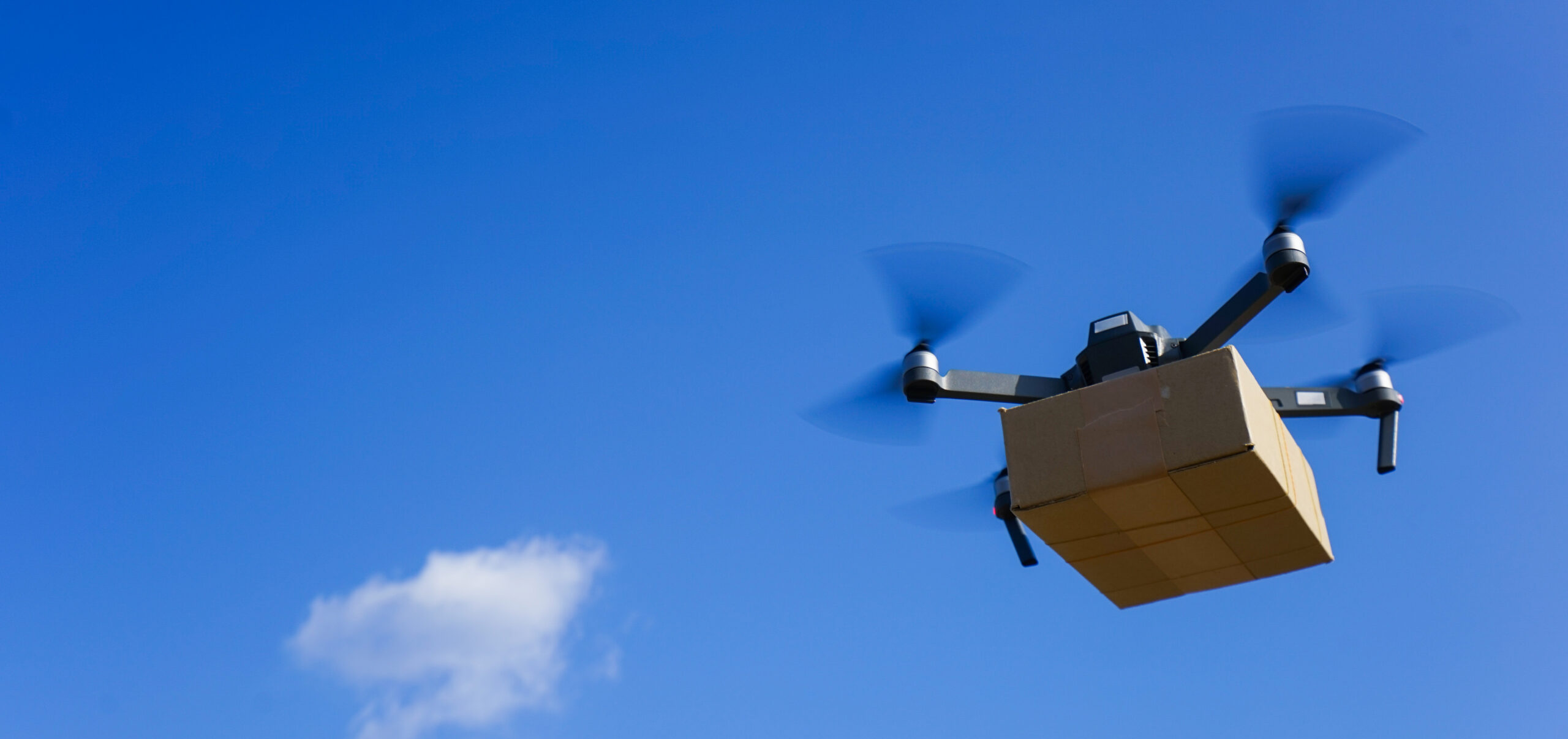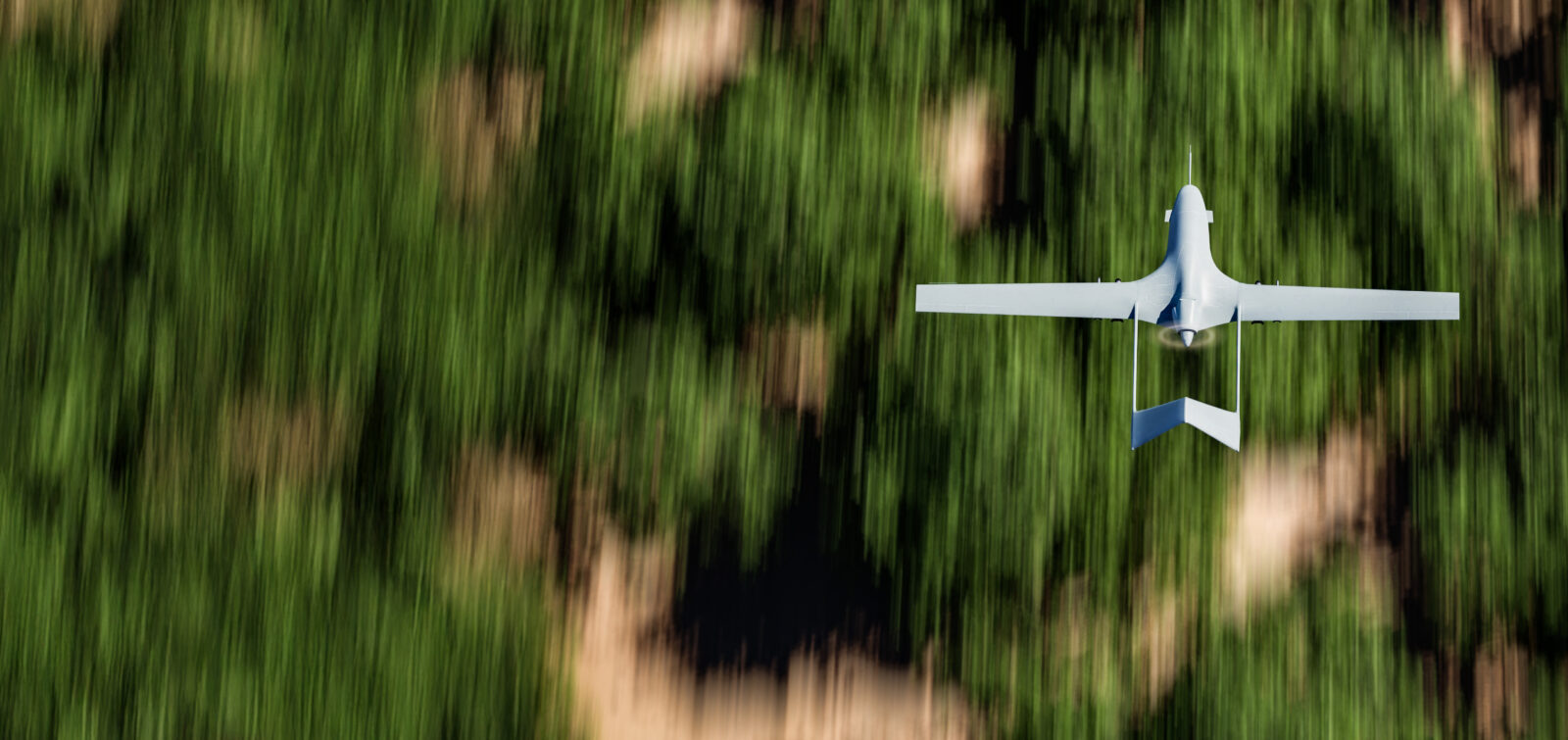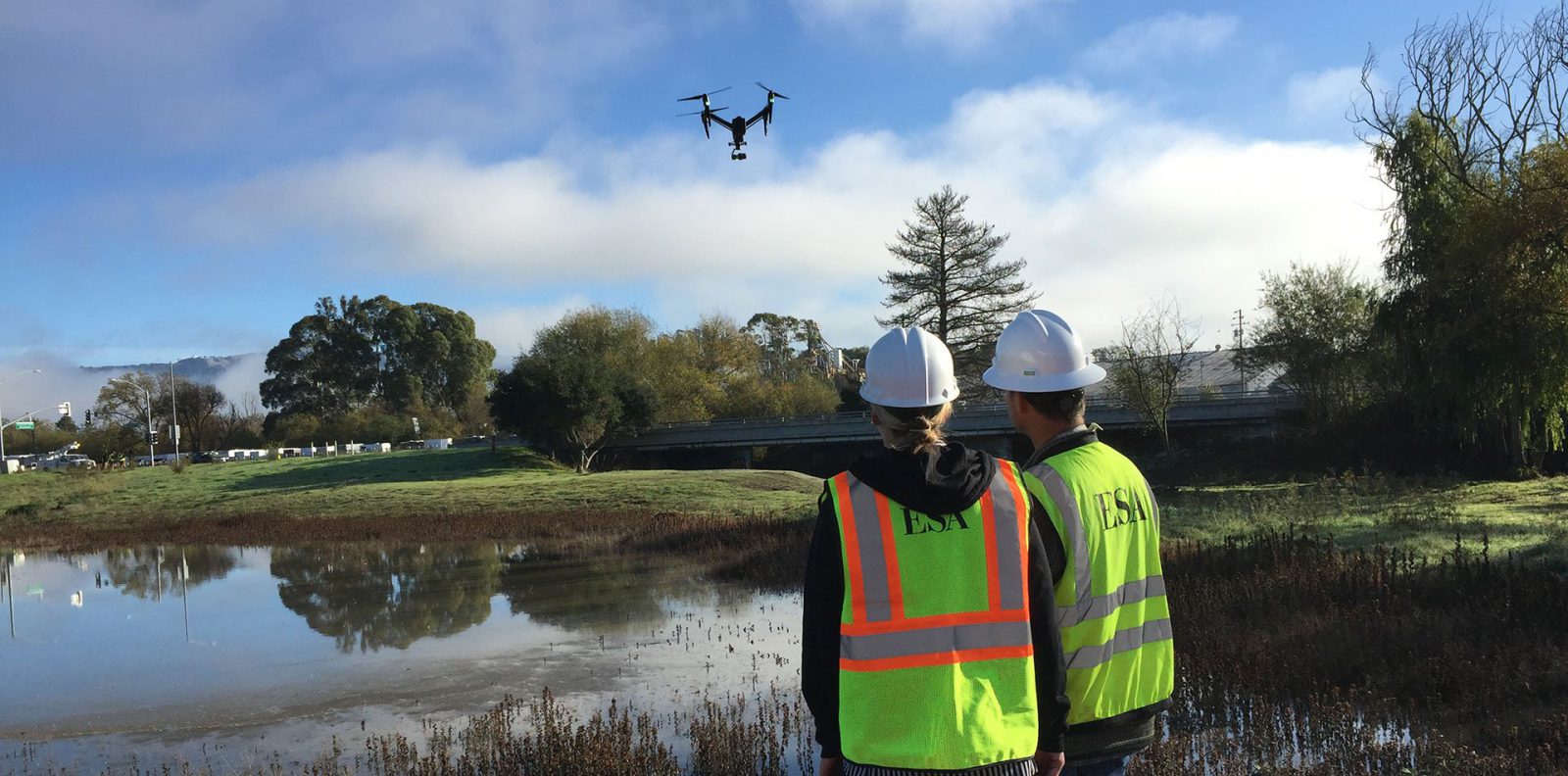About this series: From commercial-delivery drones, autonomous planes, to battery-powered aircraft, aviation is rapidly transitioning as these technologies move from concept to reality, which could transform aviation as we know it. ESA’s aviation experts delve into the policies, programs, and real-world challenges shaping the new tech of the skies.
As we covered in our previous article, drones are used in a variety of applications, including personal recreation, photography/filmography, survey, agricultural, law enforcement, medical, and military.
The commercial drone package delivery sector in particular is growing rapidly, with multiple operators looking to gain footholds in major metropolitan areas throughout the United States and to partner with retailers, pharmacies, and restaurants to provide package delivery services. Large e-commerce companies, such as Amazon and Walmart, are looking to use drones to supplement their existing traditional “last mile” delivery networks and provide expedited delivery services. The total U.S. market for drone package delivery was estimated to be $225M in 2024 and is projected to reach $1.1B by 2030.
Getting Off the Ground
A typical commercial delivery drone flight profile can be broken into the following general phases: takeoff, en route outbound, delivery, en route inbound, and landing, as depicted in the following illustration.

Takeoff – Once a package is loaded onto a drone at its operation base, the drone takes off from the ground vertically and then transitions and climbs to its en route altitude. Drones are restricted from flying higher than 400 feet above ground level (AGL).
Outbound – The outbound phase is where the drone horizontally transits to a predetermined delivery (customer) point. Depending on the drone, the outbound phase can range from just a few hundred feet to more than five miles and flight speed could reach more than 60 miles per hour.
Delivery – Once the drone reaches its destination, it vertically descends to about 10 to 20 feet AGL to deliver its package to the customer. Some drones are equipped with a cable that lowers the package to the ground, while others will drop the package directly to the ground.
Inbound – After package delivery, the drone ascends and returns to its operating base flying below 400 feet AGL.
Landing – Once above its operation base, the drone slowly descends and lands.
Delivery drones are typically programmed to fly a predefined flight path that is set prior to takeoff. In accordance with FAA safety requirements, drone operators try to avoid operating over areas with dense human populations, such as roadways and public gathering spots.
NEPA Requirements for a New Service Area
Commercial drone package delivery operations are regulated by the FAA under Part 135, which governs commuter and on-demand airline operations. Therefore, their approval to operate is considered a federal action, and thus a National Environmental Policy Act (NEPA) review is required for operators to introduce new package delivery service to an area. To date, the FAA has required the completion of an Environmental Assessment (EA) anytime a Part 135 commercial drone operator wants to introduce new or amend existing delivery operations into an area. All current draft and final commercial drone EAs can be found here. While the scopes of EAs typically cover the flight aspect of drones operating from existing facilities (e.g., drones taking off from and landing back at parking lots, warehouses), if an operator were to construct a new facility to facilitate drone operations, that facility could likely be considered a connected action and part of the EA’s proposed action.
While drone EAs assess potential impacts to all NEPA resource categories, they typically focus on a handful of topics for in-depth analysis, including:
- Biological Resources – because drones primarily operate in the air, their potential impacts to winged species (e.g., birds, insects) are of particular concern.
- Department of Transportation (DOT) Section 4(f) – overflights of public parks and recreational areas could have the potential to disturb users.
- Historical, Architectural, Archeological, and Cultural Resources – similar to DOT Section 4(f), drone overflights could have the potential to cause visual and auditory impacts to historic properties and ceremonial areas on tribal lands.
- Noise and Noise-Compatible Land Use – drones, while typically quieter than commercial aircraft, could have the potential to impact noise-sensitive land uses, such as residences, schools, etc., especially during landing and takeoff modes.
Other NEPA resource categories, such as Coastal Resources, may also require in-depth analysis and consultation on a case-by-case basis.

Because commercial drone operations are still in their relative infancy, their potential impacts with the environment are not well-studied and are still not fully understood. As such, consultation with regulatory agencies, such as the U.S. Fish and Wildlife Service and state offices of historic preservation, can be challenging and require a communicative and collaborative approach. As a general rule, regulators understand and appreciate the value of commercial drone operations, but also want to carefully consider their potential impacts to the environment.
In our previous article, we discussed the proposed Part 108 rulemaking, which the FAA is currently reviewing as a means to streamline the environmental review process. They are in the process of developing a Draft Nationwide Programmatic EA (PEA) that would cover commercial drone operations across the entire United States. PEAs evaluate the environmental impacts of a broad program, rather than a single, specific project. This allows for a comprehensive analysis of a series of related actions and can be used to “tier” subsequent, project-specific reviews that can build off the completed programmatic analysis. Once a Finding of No Significant Impact (FONSI) has been issued for the PEA (expected in 2026), it expected that the environmental review process will be simplified while remaining scientifically rigorous.
How ESA Can Help
ESA’s Airports/Aviation team has extensive experience working with commercial clients to help plan for and assess the environmental impacts associated with the development of commercial drone operations. We also bring a longstanding history of partnering with our aviation clients to tackle complex issues affecting the development, operation, and resilience of their facilities. For additional background on commercial drones and how ESA can assist you, please reach out to Neal Wolfe, Adam Scholten, or Mike Arnold. Stay tuned for our next article, where we will delve into Advanced Air Mobility aircraft and their uses.








